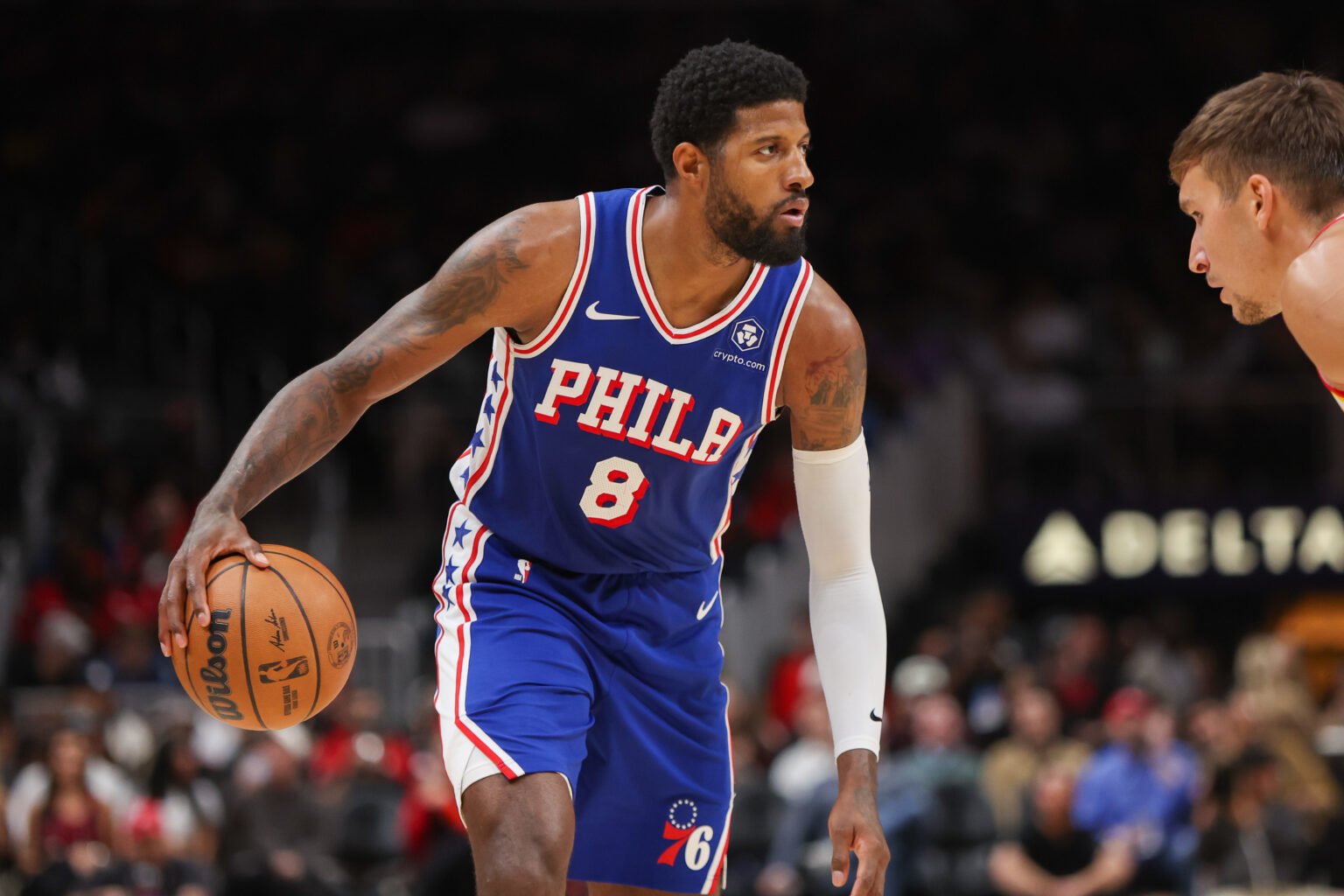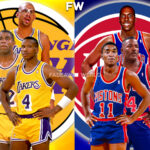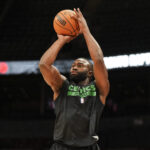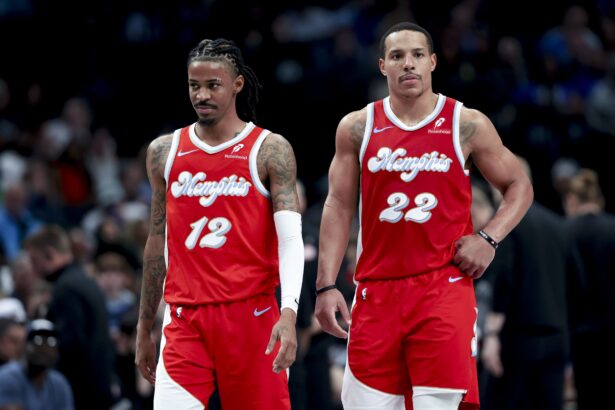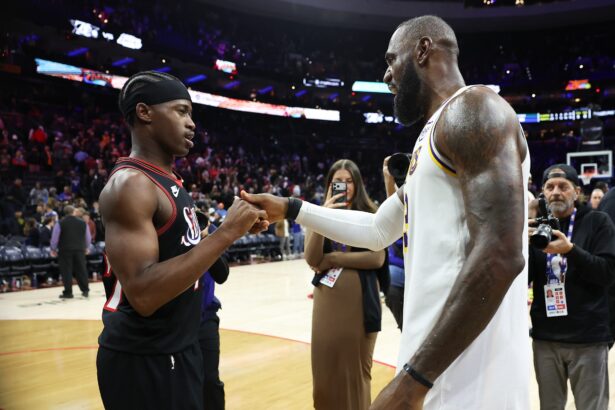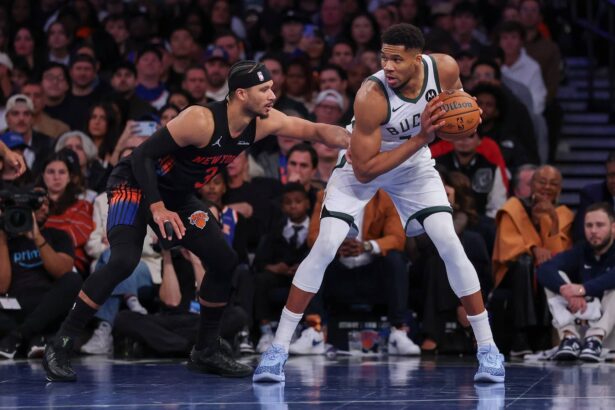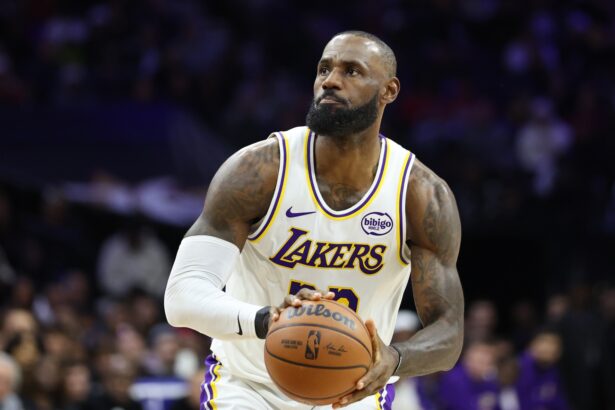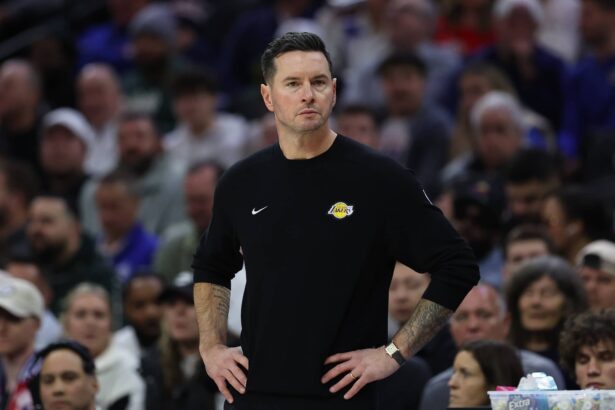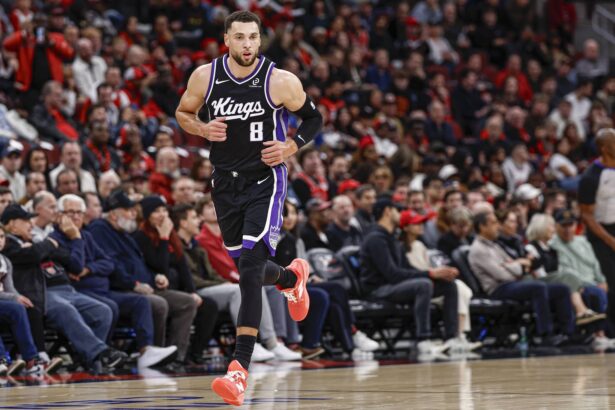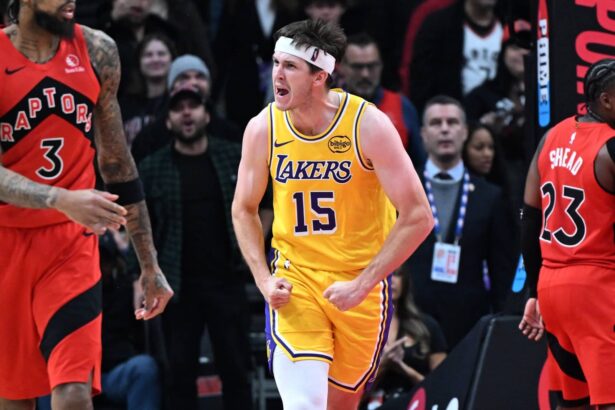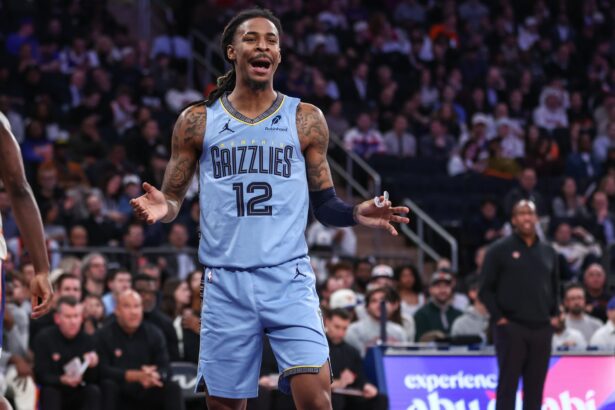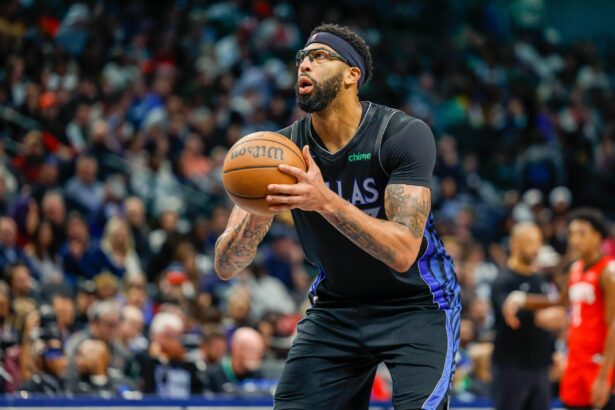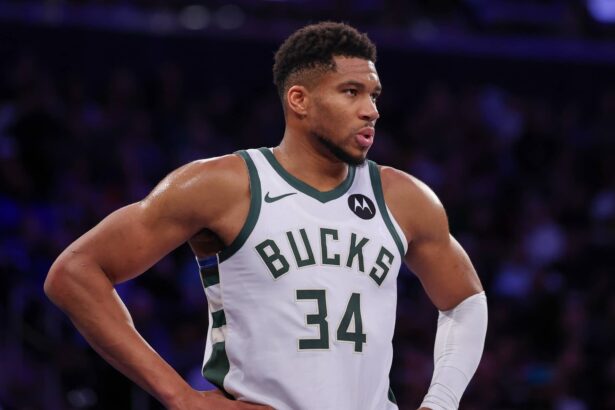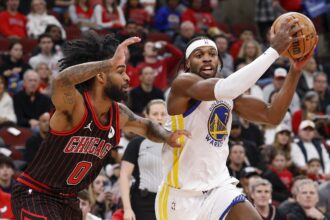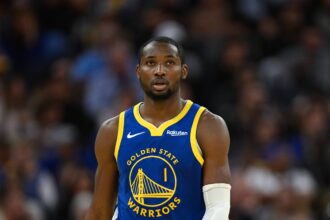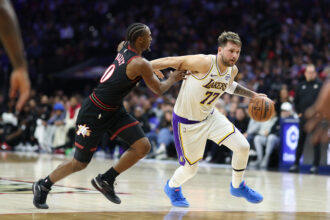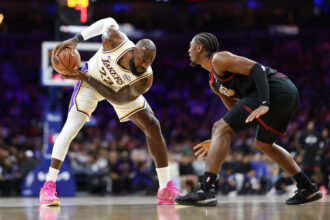In a recent episode of “Podcast P,” Paul George addressed a disturbing issue regarding media presence in locker rooms, specifically calling out a reporter in Washington, D.C., who had made players uncomfortable. George recalled an incident where the reporter was accused of staring at players while they were changing. The conversation sheds light on a broader concern about the invasion of privacy athletes experience in what should be a safe and private space.
“There was an incident and there was even way back my time of being in the NBA where guys would talk about this situation. There was a reporter in Washington that would look at, stare at dudes’ meat while they’re in calls or while they’re changing.”
“The game might be over, and 10 minutes after that, all the reporters are coming in. You know what I mean? You might take a second to kind of process what just happened, get your thoughts and stuff together.”
“We’re in towels, we’re naked. We just got out the shower, and then you have these reporters in there, and they’re not staring at a wall. They’re looking at us, and that’s our safe space.”
“You can’t even talk even if it’s like an injury or that’s how stories get leaked. I’m trying to talk to a teammate like, ‘Yo, should have did this better or should have did that better,’ and now a story gets blown out of proportion because of someone ear hustling.”
“This is our place of privacy. It should be treated as that. That’s where we get prepared for battle. That’s where we prepare for games. It shouldn’t be nobody in that space.” (21:45)
This startling revelation has reignited the conversation about the appropriateness of media access in locker rooms, an issue that has been raised across various professional sports leagues.
Paul George elaborated on the lack of privacy players face immediately after games. He pointed out that reporters are often allowed into the locker room just 10 minutes after the final buzzer, a time when many players are still cooling down, gathering their thoughts, or changing. He added that many players haven’t even showered yet and are still in towels, making the situation uncomfortable.
This invasion of privacy, according to George, goes beyond just physical exposure. The locker room serves as a sanctuary for athletes to communicate freely with teammates, often about personal or strategic matters. He highlighted how the presence of reporters can hinder these conversations. “
The NBA forward also pointed out how this constant media presence can negatively impact team dynamics and player performance. Discussing plays, injuries, or mistakes in the presence of reporters creates an environment where words can be taken out of context, potentially leading to sensationalized stories.
George’s comments echo the concerns of other athletes across different leagues, including the NFL, where players have also called for stricter regulations on media access in locker rooms. He believes that the locker room should remain a private space where players can prepare mentally and physically for the challenges they face on the court or field.
As more athletes speak out about these concerns, there may be increasing pressure on leagues to reevaluate their policies regarding media access to locker rooms. George’s comments reflect a growing sentiment among professional athletes who seek more control over their private space and a healthier boundary between the media and their personal and professional lives.
By calling attention to these issues, Paul George has added his voice to the ongoing debate about how media access is managed in sports, particularly in environments that should be reserved for players to decompress and communicate freely without fear of their words or actions being scrutinized or misinterpreted.
Thank you for being a valued reader of Fadeaway World. If you liked this article, please consider following us on Google News. We really appreciate your support.

